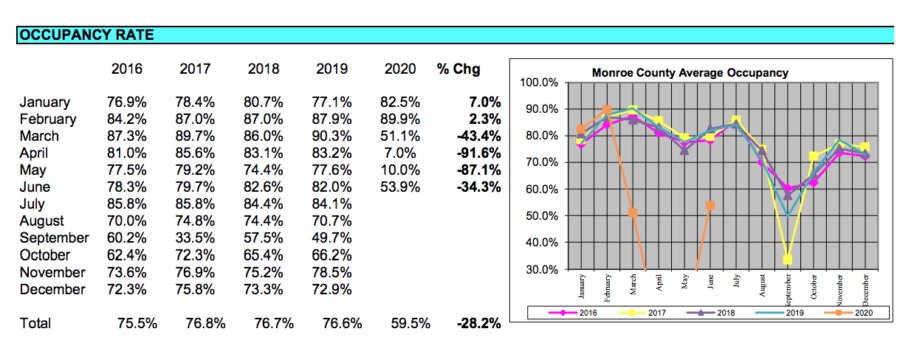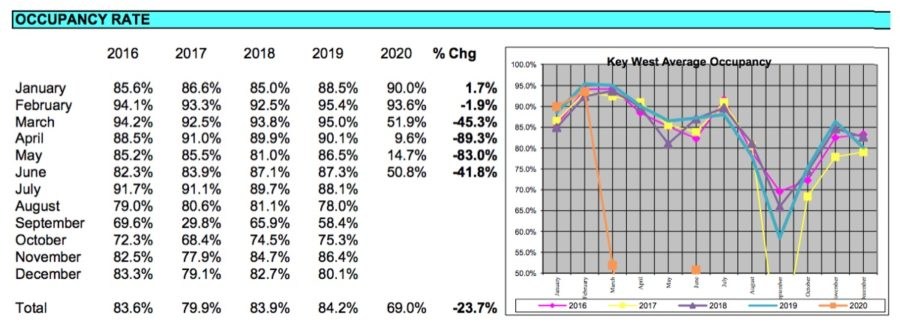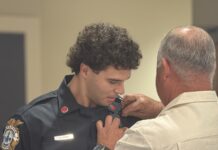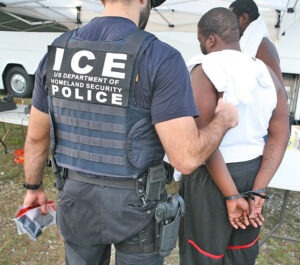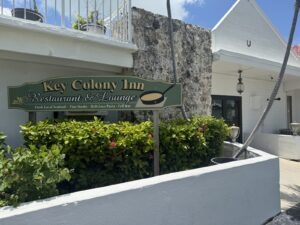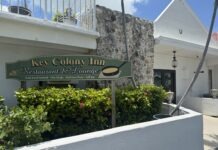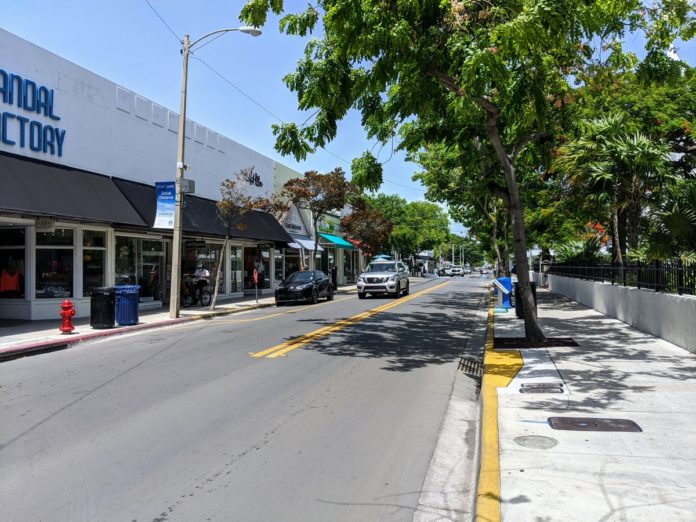
Hotel occupancy has plummeted since the pandemic reached the Florida Keys in March, when the March 22 installation of a residents-only checkpoint closed the island chain to visitors until June 1.
Keys Weekly took a look at occupancy rates in hotels, guesthouses and vacation rentals, and spoke with some of the professionals on the front line — and at the front desks — of the critical lodging industry, which is also one of the Keys’ largest employers.
While the checkpoint closed the popular destination to all but those who live, work or own property here, hotels throughout the Keys saw a 92% drop in occupancy in April and an 87% decline in May, compared to the same months in 2019, according to figures compiled weekly by Smith Travel Research (STR) and evaluated extensively by officials at the Monroe County Tourist Development Council.
In Key West, which has the largest number of hotel rooms and other short-term rentals in the county, occupancy dropped by 89% in April and 83% in May, also compared to those months in 2019.
The numbers rebounded slightly when the destination reopened to visitors on June 1, with a 34% Keyswide decline for June and a 30% drop in July.
The comparison to 2019 was a little bleaker in Key West, which saw a 42% drop in June and a 35% drop in July.
“This is certainly not sustainable in the long term,” said Jodi Weinhofer, president of the Lodging Association of the Florida Keys & Key West. But, she added, there are some silver linings and saving graces.
“While we’re certainly not back to where we need to be, weekends are starting to look better, and remember, this is September, which is never amazing anyway,” Weinhofer said. “But it’s a big problem for a number of reasons: corporate travel is gone; the international travelers aren’t coming due to foreign travel bans; weddings aren’t happening, at least not the large ones that occupy an entire floor of hotel rooms; and all our events are canceled.
“We’ve worked very hard to become a year-round destination, but now we’re back to where we were decades ago, when Duval Street was desolate and many businesses closed for one to three months in the summertime,” she said.
But the Keys are also well positioned to recover, perhaps more quickly than other tourism destinations, such as Manhattan, for example.
“We’re not a crowded, urban destination,” she said. “The Keys have plenty of safe, outdoor activities and we’re accessible by car from a ton of other places. This fall will be a rough patch, but I do think there’s a huge pent-up demand to travel, and I think we’re well positioned for when that happens.”
Michael Knowles, general manager of Key West’s Doubletree Grand Key Resort, told the Key West City Commission last week that his occupancy “is down 42% in occupancy points. I was at 92% last August and am now at 51%.”
In the Upper Keys, occupancy rates for June were at 53.6% in Key Largo and 61.8% in Islamorada, which is down from 74.7% in both markets the year before. Bookings have picked up in the months following the checkpoint’s ending. Dan Martin, director of sales and marketing for the Islander Resort in Islamorada, said drive-to markets are feeding the resort. Overall, Martin said, the resort is doing well, with weekends full and weekdays staying fairly busy.
“No one can travel out to the Caribbean effectively. Cruises are still down. You’re not going to Europe or anywhere overseas. Mexico is still difficult,” he said. “Flying is iffy. They’re looking for that island experience.”
Despite what another Key West hotel general manager called “abysmal” occupancy, Weinhofer pointed out that the lodging industry — including both large hotels and smaller guesthouses — is a bit better positioned than many restaurants and retail shops.
“The good news for lodging properties is that the asset they own hasn’t changed. These are giant, valuable real estate assets,” Weinhofer said. “I feel like that’s where our industry has a bit of a leg up over retail and restaurants in which many of the business owners don’t own the properties that house their business.”
The biggest concern Weinhofer hears from lodging association members involves keeping their staff employed.
“Unlike in huge, high-rise hotels, these properties are like families, and our general managers know how difficult it is to find and keep good workers, so they’re doing everything they possibly can to keep their people employed,” she said.
Keys Weekly will take a closer look next week at higher-than-usual hotel room rates and encouraging Labor Day weekend crowds. Stay tuned.
